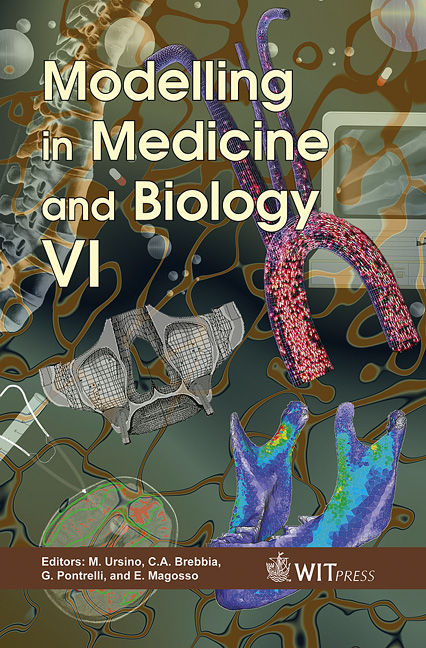An Investigation Into Thermal Necrosis Of Bone Associated With Surgical Procedures
Price
Free (open access)
Transaction
Volume
8
Pages
10
Published
2005
Size
1,187 kb
Paper DOI
10.2495/BIO050461
Copyright
WIT Press
Author(s)
G. Pearce, C. Bainbridge, J. Patrick, K., Kibble, M. Lenz & G. Jones
Abstract
We present the results of an investigation into thermal bone damage or necrosis associated with orthopaedic surgical procedures. Thermal necrosis can lead to infections and pin loosening. It is reported that the critical level at which thermal necrosis appears is when the bone is exposed to a temperature of around 56°C over a time of 10 seconds. At this temperature the denaturation point of alkaline phosphatase is reached, which means that the change in properties are directly attributed to the reorientation of collagen molecules and hydroxyapatite. We present data based on the use of pig bone. No human subjects were used in this study and ethical approval was therefore not necessary. Drilling was undertaken using an engineering instrument on which the speed may be adjusted. K-wires of varying diameters were used in this drill assembly. Bone sections through drilling points were examined in a scanning electron microscope (SEM). Results are presented in instances where K-wires of different diameters have been inserted by drilling into bone, for different drilling speeds, and for different times taken to drill the K-wire into bones. We present data that indicates that the cooling of bone during surgical procedures may significantly reduce the degree of thermal necrosis arising during orthopaedic surgical procedures. Keywords: bone, trauma, thermal necrosis, injury, K-wires. 1 Introduction Bone or osseous tissue is a material that can compete with the best steel reinforced concrete. Roughly one-third of the bone matrix consists of collagen
Keywords
bone, trauma, thermal necrosis, injury, K-wires.





